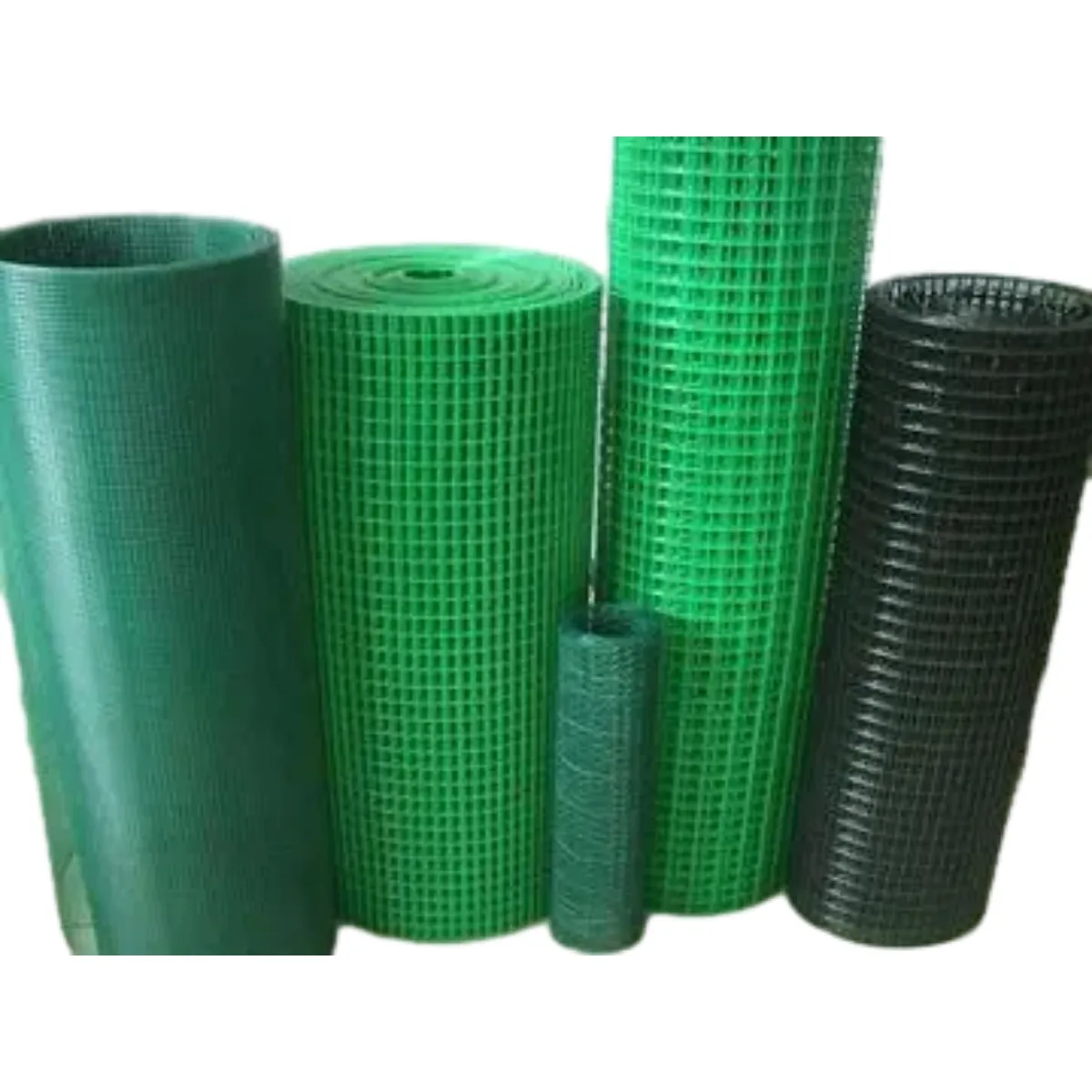Aug . 15, 2024 14:08 Back to list
Exploring the Benefits and Uses of Chicken Wire Mesh for Poultry and Garden Applications
The Versatility of Chicken Mesh Netting
Chicken mesh netting, often referred to as poultry netting or wire mesh, has become an essential tool in various agricultural practices, particularly in poultry farming. This versatile material is designed to provide a protective barrier for chickens while ensuring their freedom to roam within a designated area. Its unique properties and applications make it an invaluable resource for farmers and backyard poultry enthusiasts alike.
At its core, chicken mesh netting is made from durable materials such as galvanized steel or plastic-coated wire, offering a sturdy yet flexible structure. It comes in various mesh sizes, making it suitable for different types of poultry, including chickens, ducks, and even smaller animals like rabbits. The size of the mesh is crucial as it prevents predators, such as raccoons, foxes, and birds of prey, from accessing the birds while allowing for good air circulation and visibility.
One of the primary benefits of using chicken mesh netting is its ability to create a secure environment for poultry. By enclosing a designated area, farmers can allow their chickens to forage and exercise freely while safeguarding them from potential threats. This not only promotes the health and well-being of the birds but also enhances their overall productivity. Chickens that are allowed to roam and engage in natural behaviors often produce higher quality eggs and exhibit fewer signs of stress.
In addition to protecting chickens, chicken mesh netting serves various other functions on a farm
. It can be used to create fencing around gardens to keep out larger animals, allowing plants to flourish without the threat of being destroyed by curious livestock. Furthermore, the netting can be adapted to create temporary enclosures for different farming practices, such as rotational grazing. This approach boosts soil health, promotes biodiversity, and improves the overall well-being of farm animals.chicken mesh net

The installation of chicken mesh netting is relatively straightforward, which adds to its appeal. With minimal tools, farmers can set up their enclosures in a matter of hours. The lightweight yet robust nature of the netting makes it easy to transport and manipulate, allowing for adjustments as needs change on the farm.
Moreover, chicken mesh netting is an environmentally friendly option. As it is often made from recyclable materials, using it helps to reduce plastic waste compared to other fencing options made entirely from synthetic materials. Its durability ensures that it can weather various environmental conditions, making it a long-lasting investment for farmers.
Despite its many advantages, there are some considerations to keep in mind when using chicken mesh netting. It’s essential to regularly inspect the fencing for any signs of wear or damage. Over time, materials may weaken due to exposure to the elements or rust, particularly galvanized metal mesh. Prompt repairs can help maintain the integrity of the enclosure.
In conclusion, chicken mesh netting is a multifaceted tool that plays a crucial role in the successful management of poultry and farm environments. Its capacity to protect livestock, promote healthy foraging behaviors, and enhance farm productivity highlights its importance in modern agricultural practices. Whether for small-scale backyard farms or larger poultry operations, chicken mesh netting continues to be a favored choice for farmers looking to safeguard their animals and optimize their farming efforts. As agriculture continues to evolve, innovative uses for this simple yet effective netting will likely emerge, further showcasing its versatility and utility in the farming landscape.
-
The Role of Field Wire Fence in Grassland Conservation
NewsJul.15,2025
-
Stainless Steel Razor Wire Durability in Coastal Environments
NewsJul.15,2025
-
Enhancing Home Security with Mesh Fences
NewsJul.15,2025
-
Diamond Mesh Wire for Small Animal Enclosures
NewsJul.15,2025
-
Common Wire Nail Tensile Strength Testing for Woodworking
NewsJul.15,2025
-
Barbed Wire Corrosion Resistance Galvanization Techniques
NewsJul.15,2025









